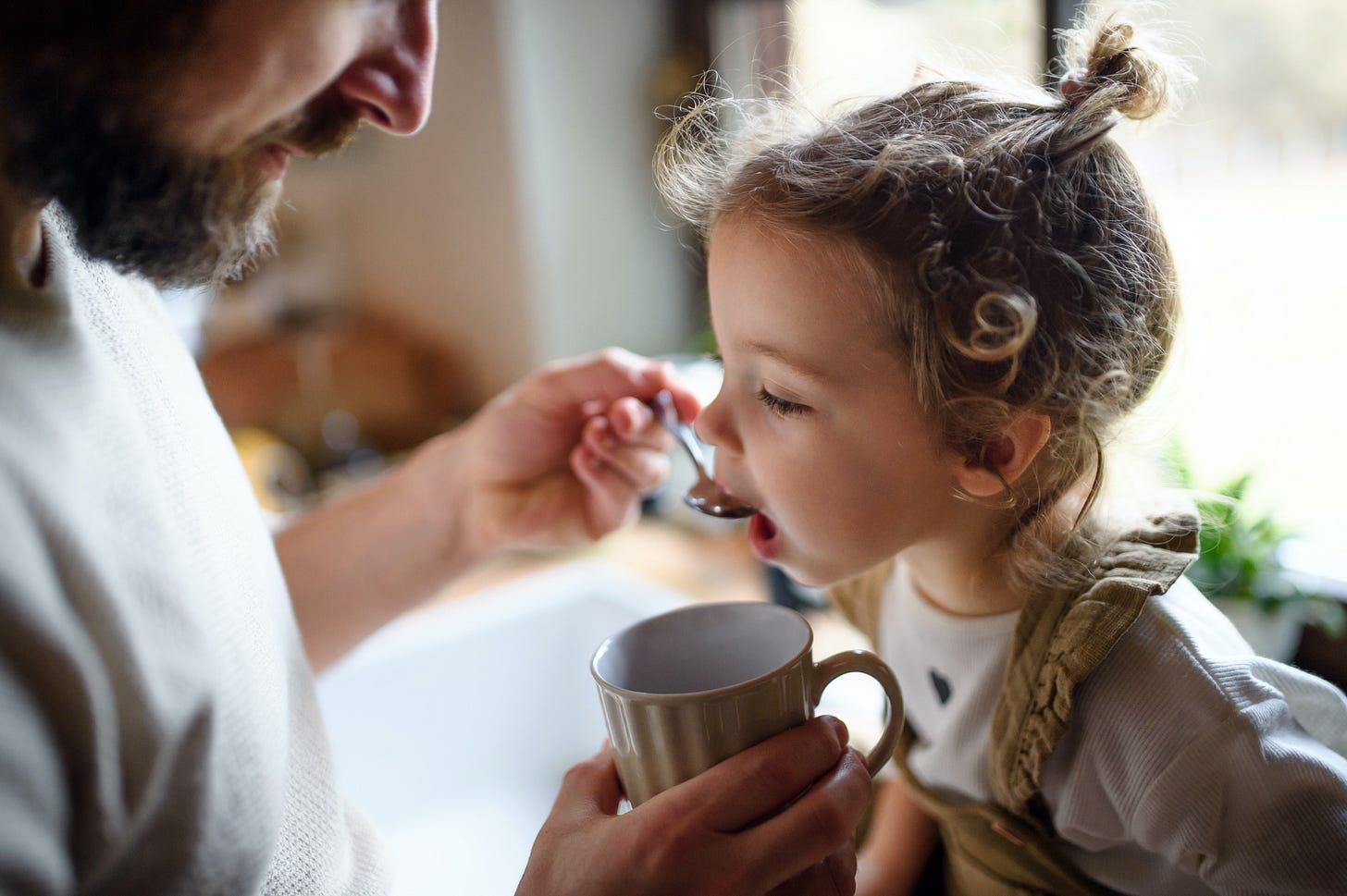Supplement Basics - 2
Liquid remedies . . .
Nutritional supplements come in different delivery systems, such as soft gels, capsules, tablets, powders, and liquids. Traditional supplements, like tablets or capsules, show relatively low absorption because stomach acids destroy or degrade the strength of some of the ingredients. However, each administration method can achieve a different goal.
In this article, we'll look at the liquids.
Nutrients delivered in liquid form are usually water, glycerin, or alcohol-based, and these are becoming a mainstay in natural medicine for very good reasons.
· Liquid supplements are easier for the body to absorb and use (more bioavailable).
· They are easier to swallow.
· The medicine can be delivered in higher doses.
· They increase compliance with the treatment, especially among children.
It's wise to know each supplement's function before taking it. Understanding its potential risks and how to take them safely is also essential. Both formulas (blends) and single herbs can be made into liquid remedies and prescribed by practitioners because they're strong, easy to take, and simple to store. Plus, they're an excellent option for people who don't like taking pills.
Water-based liquid remedies:
A herbal infusion (also called a diffusion) is a method of preparing more fragile herbs, like leaves and flowers, by steeping them in hot water without boiling or simmering them. It is used to extract the active compounds from herbs that might be too delicate to stand up to simmering water or contain compounds that are not water soluble, like resins and alkaloids. An infusion creates a tea-like beverage that can be consumed as a drink or used topically as a skin treatment. Some common herbs used in infusions include chamomile, ginger, any of the mints, or lavender. Lavender has antiseptic and antibacterial properties that can be used to wash skin. It is said to help clear up acne and will speed the healing of skin wounds.
Many people take an infusion sublingually (under the tongue) because it absorbs quickly into the bloodstream. You can also mix your tincture with hot water to help activate the compounds; dropping some in a smoothie works, too.
Herbal decoctions have been used around the globe for centuries as a form of natural medicine, especially in Traditional Chinese Medicine (TCM) and Ayurvedic medicine. An herbal decoction is a strong tea made by boiling herbs in water to extract the active compounds from the herbs and create a more concentrated liquid. Decoctions work well for tougher plants like mushrooms, roots, bark, berries, and seeds. Some common herbs used in decoctions include ginger, echinacea, and astragalus. An Echinacea decoction can potentially help stave off a cold and the flu.
An herbal syrup is a preparation made by adding honey or another natural sweetener to a strong, robust decoction base. It improves its taste, thickens it, and helps preserve it, increasing the shelf life of the decoction and creating a soothing application that benefits conditions such as sore throat, cough, dry, irritated tissues, and digestive issues. The added sweetener can also help to increase the taste of some herbs for children to increase their compliance. Some common herbs used in syrups include elderberry, echinacea, ginger, and licorice root.
Glycerine-based tinctures are excellent for children and individuals who prefer not to ingest alcohol. A tincture is more potent than an infusion because it is made by soaking herbs to extract the active ingredients. This preserves them for longer periods.
Herbal tincture medicines are most often delivered in an alcohol-based solution because alcohol is a powerful solvent that extracts herbal compounds and active ingredients like essential oils, resins, and alkaloids. Alcohol also works as a natural preservative and is quickly absorbed. Children can take alcohol tinctures; you can remove the alcohol by bringing an ounce of water to a boil and allowing it to cool for a few minutes, then add your tincture dose to this and drink.
Here are some things to keep in mind when making your own medicinal remedies at home:
Research: Before making any herbal remedies, it's important to research the herb you're using and its potential side effects.
Quality: Use high-quality herbs free of pesticides and other contaminants.
Dosage: Follow the recommended dosage for the herb you're using.
Preparation: Use the correct preparation method for the herb you're using, whether it's a tincture, infusion, syrup, or decoction.
Storage: Store your herbal remedies in a cool, dry place away from sunlight.
Labelling: Label your herbal remedies with the herb's name, date, and recommended dosage.
Consultation: Consult with a licensed healthcare provider before using any herbal remedies, especially if you're pregnant, breastfeeding, or taking other medication.
If you are wildcrafting your ingredients, keep in mind that the weather and growing conditions each year will affect the quality of the plant's active compounds and the potency of your remedies.
If you're buying your tincture, decoction or syrup from a store, it's important to remember that herbal tinctures are monitored differently than medications. Though most natural herbal tinctures are safe and proven to be effective, some are not. So, before you start taking any tincture, take the time to investigate the ingredients and especially the brand, and by all means, ask about the manufacturing process and storage practices of someone else's homemade teas and tinctures.
Here are a few recipes to give you an idea of how to formulate the different medicine types discussed above.
Keep reading with a 7-day free trial
Subscribe to Natural Healing 101 to keep reading this post and get 7 days of free access to the full post archives.



